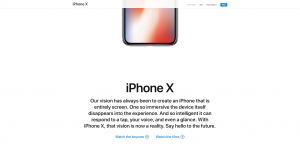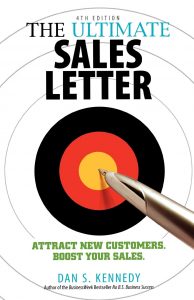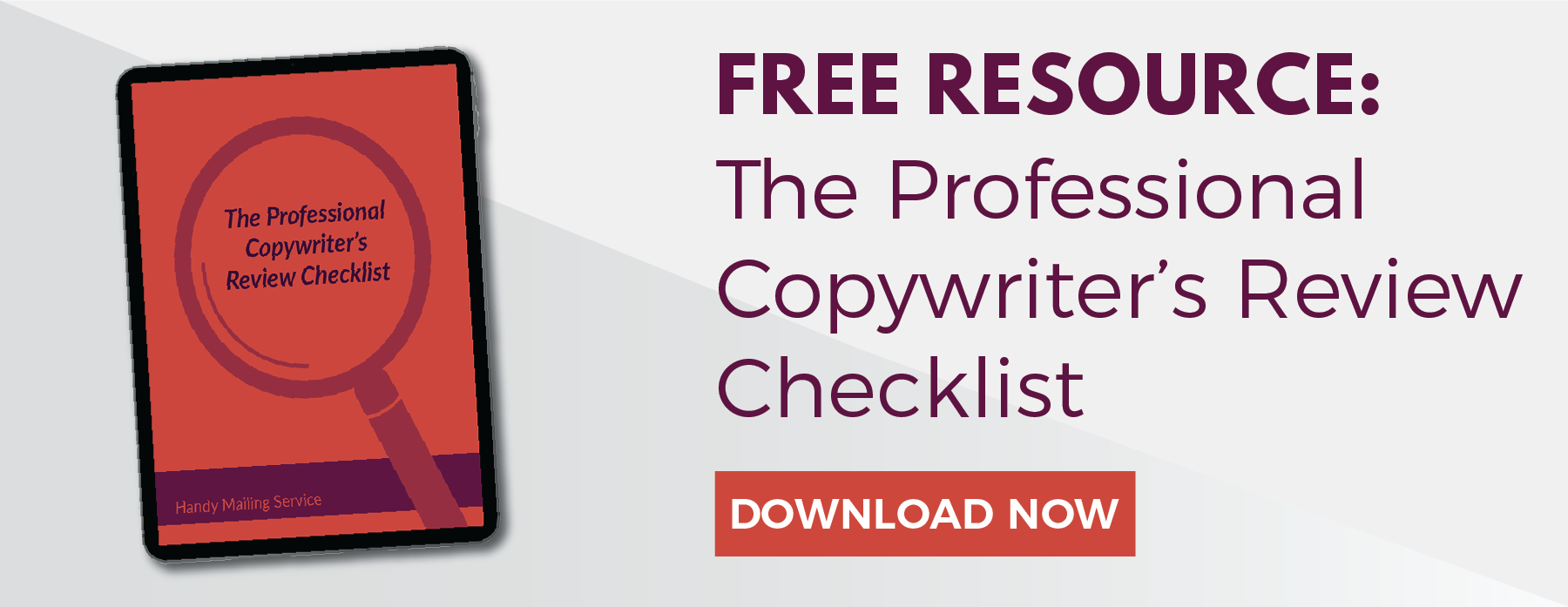Last weekend, my wife and I sat down with our computers and notepads and begin researching a new cell phone company. We started with the websites of three major carriers – Verizon, Sprint, and AT&T. But as we scrolled the web pages of the first company, we got this feeling they weren’t telling the whole truth. As we went to the next two companies, the trend only increased.
What was going on here? Why did the websites not give us the exact details we were looking for? We only acquired about 80% of what we needed. And we weren’t going to choose any carrier until we had ALL the information.
After scouring their websites, we called a salesperson from each company for more details. Sure enough, she filled in some of the gaps, especially about the pricing. But then one call took a strange turn: a sales rep. of one of the major carriers (I won’t say which one) admitted that it’s always best to call in to buy services or phones because the website will never have all of the information. Why is that? Why conceal information, making it more difficult for people to find? But then, even with the sales person, I had to probe for further clarification. I knew they knew. But why was I – the customer – having the pull the information out of them. At the end of our research, we did choose one major carrier after all, but we never felt 100% confident. We felt icky about the whole thing and had to choose the least of the three evils.

Have you ever spoken to someone and knew they were hiding – intentionally – something from you?
In today’s world, marketers dress their marketing with vague phrases, fuzzy nouns, trite sentences, or just plain general nonsense. They don’t say what they mean, or worse, they hide what they mean because they’re afraid of what people think.
But writing is about communication. It’s about getting a message from one party to the next.
Remember this story when you write your sales copy, create offers, and form calls to action. Let’s go into each of them to make a good sales letter.
Crystal Clear Copy
Tell your audience exactly what you sell. Don’t hide it under a bushel basket. Just say it -- in concise, clear language. Don’t use fuzzy jargon, vague concepts, and empty generalities. Use specific, common words so that your readers will understand you. Choose shorter sentences over longer ones. Opt for smaller words over bigger ones. Or better, choose the right word for the right context. There’s over a million words in the English language, so you have a lot of options. People often assume the more pretentious they make their writing the smarter they are. It’s the opposite. Simplicity is a sign of a sharp, clear intellect. It’s extremely arduous to make something simple, while it’s easy to write in a verbose manner. If your reader has trouble grasping the idea, rewrite your sales pitch until it’s 100% clear. And remember, clear writing is clear thinking. So, do your readers a favor and make it simple, and you’ll begin to create a good sales letter.
What idea or ideas are you trying to give to your audience? Is there something you want them to learn from reading your copy? What are you trying to sell? How much? What are the benefits? What’s in it for them?
There’s an adage in writing that says to “write like you speak.” That’s only a half-truth. It should be “write like you speak, when you speak well.” Most people (me included) don’t write it right the first time around. The first thing they say is fuzzy, pompous, illogical, verbose, or misleading. And that’s OK. That’s how writing works. Think of writing, instead, like a sculpture. The first draft is a stone block. Each tap of the hammer and chisel is the editing. The more you edit, the clearer the writing becomes. Word by word by word -- the writing falls into place. And many times, the revisions to the writing will become something altogether different from the rough draft. That’s OK!
So, when you set out to write a good sales letter, know that it’s OK to rewrite it over and over and over. That’s where the magic is. Thank goodness for word processors; they take out much the work of editing, making it super easy.
My coworker Ryan reads much my writing, and he points out areas where I can improve. I accept these corrections because he can see a lot that I can’t see. Try to do the same in your writing. There’s no harm in having others read your writing.
Only Obvious Offers
In forming your good sales letter, there’s no place that requires more clarity than your offers. Is it 50% off or 50 dollars off? Is it buy one, get one? Decide and stick with the same offer throughout the sales copy. Use the same language for the offer, too, so that your readers know what you’re referring to. Sprinkle it multiple times throughout your sales letter or postcard. The more you say it, the better. Remember, repetition is the mother of all memory.
Be VERY clear about terms and conditions. There’s the temptation to either hide or not mention the terms and conditions attached to the offer. Often a company will think something like this: “See, if I just hide the terms of this offer, or because of legal reasons, conceal the terms very small so they can’t read it, then I’m more likely to make the sale. Don’t do this. People aren't dumb. And if you intentionally hide something from them, and later they find out that you hid something from them, they will not trust you. So, be honest, upfront, and clear – and people will naturally develop trust in you. If you’re looking for a good example of how to do this with elegance, check out how Apple does it.

Finally, price. I get it – your pricing is complex, right? So you don’t mention the pricing upfront or you wait until the end to reveal the pricing. You fear that if you say the pricing, the potential customer will balk and walk away from the sale. But there’s something to be said about upfront pricing. A lot of people just want to know how much it’ll cost. And with the internet and smartphones, most people don’t have the same patience they once did. Google and other search engines have made us used to getting results instantly. We also want prices instantly, and we’re not patient enough to read through miles of copy to get to price.
Absolute Automatic Action
Finally, how do you want your prospects to respond to your sales copy? Do you want them to call, email, text, go to a website, or mail in a form? What is the best way for them to reach you? I’ve seen many marketing pieces with clear, amazing offers. But when I go to order, I wasn’t sure what to do next. I couldn’t find the button anywhere. Or worse, they created confusion by placing two or three small buttons side by side, buried at the end of the email. Please, don’t do this. Make it simple. Hold your prospect’s hand through the entire ordering process. Go through each over and over, and like your sales copy, make sure you 100% crystal clear on EVERY step. Sometimes, it can be something as simple as this that separates an average and a good sales letter with conversions.
Multiple offers. Sometimes, too, you might want to include different offers they can choose from in your sales copy. That’s fine. But be aware – the more you add, the more risk you run of them not buying. My favorite hardware supplies, Ace Hardware, does an exceptional job at this. Each month, they send a flyer in the mail that with two offers. On the left side they have a card that saves “Save Now.” And on the right it says “Save Later.” This text is the biggest sized text of the whole mail piece, it’s at the top, and it’s easy to understand. I know I just need to unstick the card from the flyer, take it to Ace, and they will reward me with my 5 dollars off. There’s no confusion about what to do next.
Resources For a Good Sales Letter

So, when you begin composing your next sales copy, remember – clarity is king. It’s the simple message that people understand. If you’re looking for a great book on writing a good sales letter, creating offers, and forming calls to action check out these two resources:
- The Ultimate Sales Letter, Dan Kennedy
- Hubspot-contains thousands of resources with marketing tips and strategies to form your next marketing campaign.


